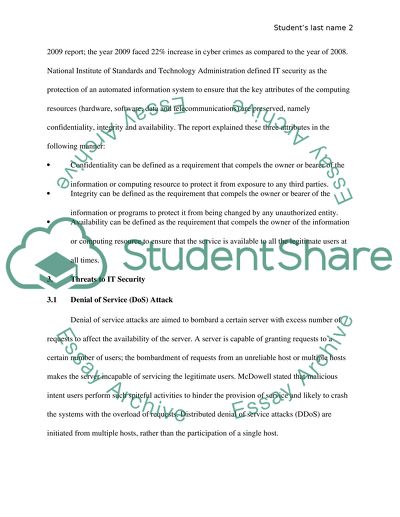Cite this document
(“IT Security Threats and Countermeasures Research Paper”, n.d.)
IT Security Threats and Countermeasures Research Paper. Retrieved from https://studentshare.org/information-technology/1438643-wireless-technology
IT Security Threats and Countermeasures Research Paper. Retrieved from https://studentshare.org/information-technology/1438643-wireless-technology
(IT Security Threats and Countermeasures Research Paper)
IT Security Threats and Countermeasures Research Paper. https://studentshare.org/information-technology/1438643-wireless-technology.
IT Security Threats and Countermeasures Research Paper. https://studentshare.org/information-technology/1438643-wireless-technology.
“IT Security Threats and Countermeasures Research Paper”, n.d. https://studentshare.org/information-technology/1438643-wireless-technology.


